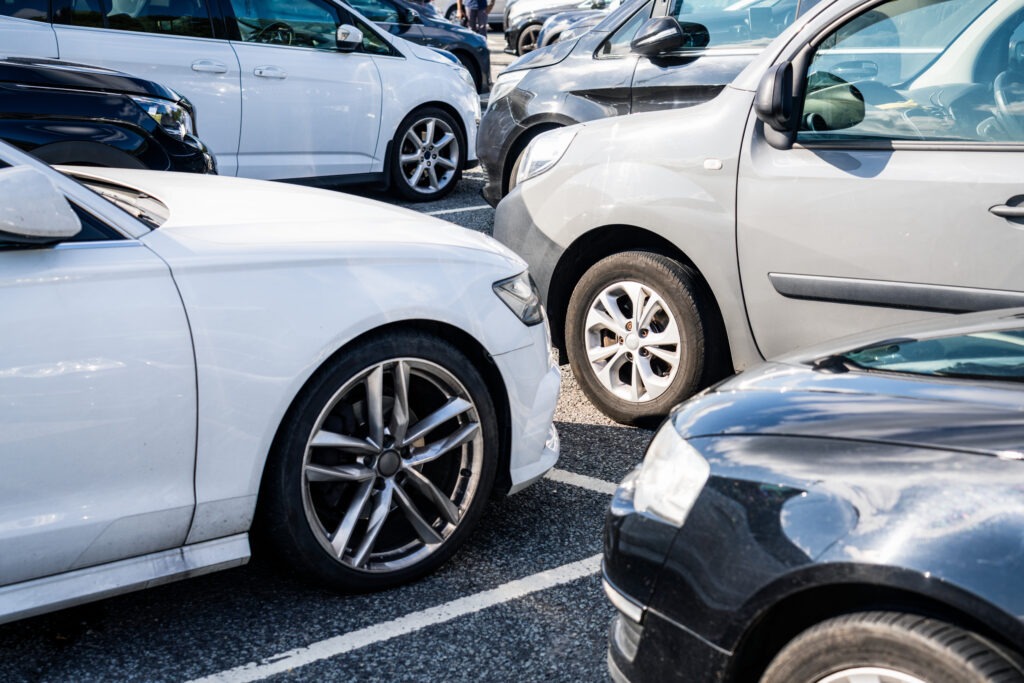What trends are driving automotive residual values in Italy?
23 October 2024

What residual value (RV) trends are currently defining Italy’s used-car market? Autovista24 editor Tom Geggus speaks with Marco Pasquetti, head of valuations at Autovista Group Italy, in a new podcast episode.
After years of disruption, Italy’s used-car market is slowly returning to normality. But what is driving the current RV trends in the country, and how are different powertrains performing?
The latest episode of the Autovista24 Podcast explores the current shape of the Italian used-car market. Pasquetti unpacks what is happening to values, and what performance can be expected by the end of 2024 and beyond.
Subscribe to the Autovista24 podcast and listen to previous episodes on Spotify, Apple and Amazon Music.
Show notes
Monthly Market Update: Used car RVs forecast to fall further by end of 2024
Petrol and diesel registrations drop dramatically in large European markets
A familiar story in Italy
At first glance, RVs in Italy appear to be in near-constant decline, like much of Europe. However, this trend is deceiving, as it hides a much broader story of used-car market behaviour. Rather than thinking of these drops as a sign of trouble, falling values should be considered a market correction.
Like so many countries on the continent, Italy’s used-car market is only just seeing a return to normality after years of disruption. The COVID-19 pandemic, major supply chain problems and Russia’s invasion of Ukraine have had long-term effects on RVs.
As new-vehicle supply became constrained, used-car values began to accelerate in 2021 as demand swelled and supply decreased. Three years on and new-car supply has recovered, while demand on the used-market has abated. This means values are returning to a point of normality after considerable inflation.
The greatest declines in Italy
Yet recently, some powertrains have performed particularly badly. Battery-electric vehicles (BEVs) and plug-in hybrids (PHEVs) are seeing values shrink more rapidly than other drivetrain types. These vehicles have also seen their technology advance rapidly in recent years.
This improvement is great for new cars, with larger ranges, fresh features and advanced capabilities. However, this development means used-vehicles appear considerably dated more quickly, seemingly far less capable than the latest models.
BEVs and PHEVs are also struggling to gain traction in Italy, with buyers reluctant to adopt an electric vehicle (EV). A primary reason for this is a lack of public charging infrastructure, without which users would not be able to carry out longer journeys.
Additionally, the country has the second largest car parc in Europe, behind only Germany. Italy recorded over 40 million vehicles on its roads in 2022, up by 1% year on year. With more vehicles taking up room, there is less space for charging infrastructure in parking spaces on the street.
Successes and outlooks
So far, cars powered by liquid-petroleum gas (LPG) have been the only ones to improve on the values recorded in 2023. The powertrain enjoys unusual success in Italy, a phenomenon which is not seen so widely elsewhere in Europe.
After the cost of the fuel increased due to growing global upset, prices began to fall in 2022. This means LPG-powered cars have been able to maintain a price-performance ratio in Italy, benefitting those people who drive long distances. Overall, RVs presented as a percentage of new-car list price are expected to decline by 6.6% by the end of 2024. The exceptional influencing factors of the last few years are now in the rear-view mirror. This means values are only expected to drop by around 3% year on year in 2025 and 2026.




